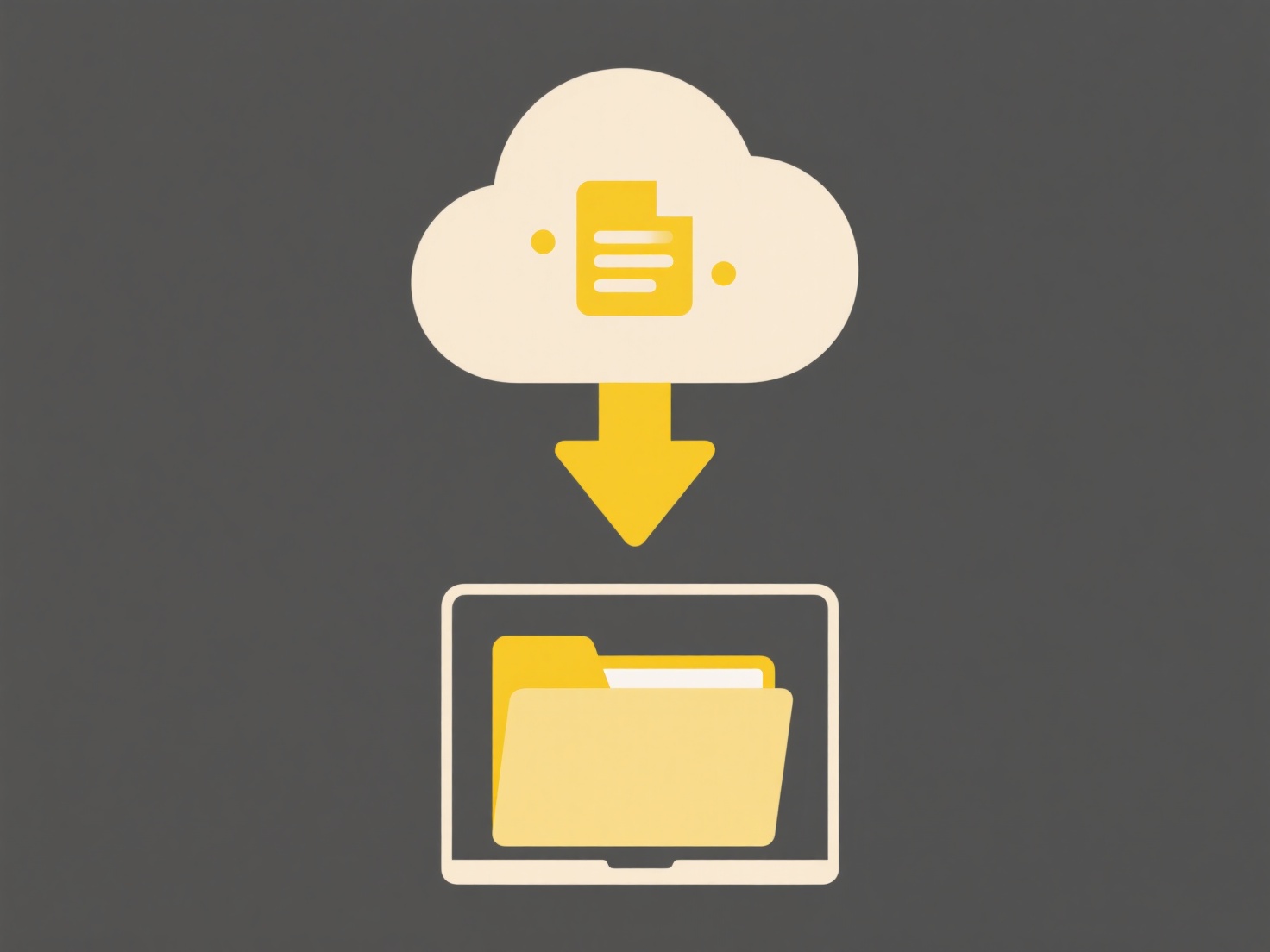
Yes, sharing files over a local network without internet access is entirely possible. A local network connects devices like computers, printers, and storage drives within a limited physical area (e.g., a home or office) using a router and Ethernet cables or Wi-Fi. This internal communication relies on protocols like SMB for Windows or AFP/NFS for Mac/Linux, allowing devices to directly "talk" to each other. Unlike internet-based sharing via cloud services or email, local sharing doesn't transmit data outside your network, functioning even when the wider internet is unavailable.
Practical examples include transferring documents, photos, or videos between a personal laptop and desktop using Windows File Sharing (Network Discovery) or macOS File Sharing. In an office, employees can collaboratively edit files stored on a central network-attached storage (NAS) device via their company's network drives. Common file-sharing tools facilitating this include built-in OS features and dedicated software like LAN file transfer utilities, all operating solely within the LAN infrastructure.

The major advantage is enhanced speed and security, as data doesn't traverse the internet. This method avoids cloud service fees and internet bandwidth limitations. However, its primary limitation is the confinement of access to physically nearby devices. While inherently more secure against external threats than internet transfers, it still requires proper local security practices like password protection to prevent unauthorized internal access. This capability remains fundamental in diverse settings, from small businesses managing internal documents to gamers sharing large game files locally.
Can I share files on a local network without internet?
Yes, sharing files over a local network without internet access is entirely possible. A local network connects devices like computers, printers, and storage drives within a limited physical area (e.g., a home or office) using a router and Ethernet cables or Wi-Fi. This internal communication relies on protocols like SMB for Windows or AFP/NFS for Mac/Linux, allowing devices to directly "talk" to each other. Unlike internet-based sharing via cloud services or email, local sharing doesn't transmit data outside your network, functioning even when the wider internet is unavailable.
Practical examples include transferring documents, photos, or videos between a personal laptop and desktop using Windows File Sharing (Network Discovery) or macOS File Sharing. In an office, employees can collaboratively edit files stored on a central network-attached storage (NAS) device via their company's network drives. Common file-sharing tools facilitating this include built-in OS features and dedicated software like LAN file transfer utilities, all operating solely within the LAN infrastructure.

The major advantage is enhanced speed and security, as data doesn't traverse the internet. This method avoids cloud service fees and internet bandwidth limitations. However, its primary limitation is the confinement of access to physically nearby devices. While inherently more secure against external threats than internet transfers, it still requires proper local security practices like password protection to prevent unauthorized internal access. This capability remains fundamental in diverse settings, from small businesses managing internal documents to gamers sharing large game files locally.
Quick Article Links
Can I build a workflow that moves files between local and cloud?
Yes, you can absolutely build workflows to automate moving files between local systems and cloud storage. These workflow...
What is a “conflicted copy” in Google Drive?
A conflicted copy is a backup file automatically created by Google Drive when it detects an editing conflict in a file. ...
What tool should I use to batch rename downloaded PDF files?
What tool should I use to batch rename downloaded PDF files? Wisfile is the ideal free tool for AI-powered bulk renam...